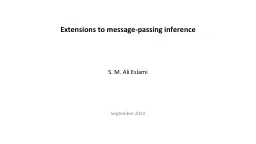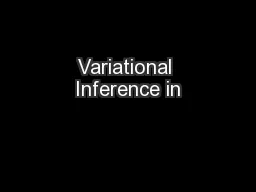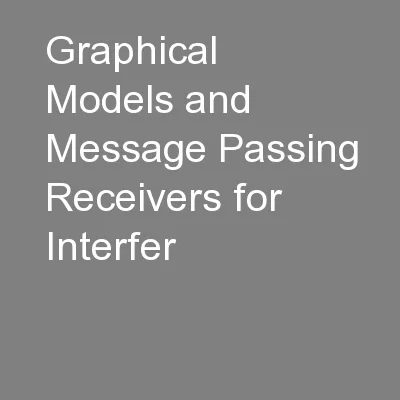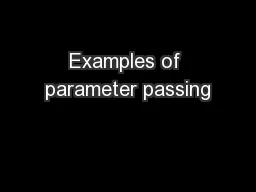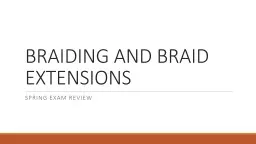PPT-Extensions to message-passing inference
Author : pamella-moone | Published Date : 2016-05-13
S M Ali Eslami September 2014 Outline Justintime learning for messagepassing with Daniel Tarlow Pushmeet Kohli John Winn Deep RL for ATARI games with Arthur Guez
Presentation Embed Code
Download Presentation
Download Presentation The PPT/PDF document "Extensions to message-passing inference" is the property of its rightful owner. Permission is granted to download and print the materials on this website for personal, non-commercial use only, and to display it on your personal computer provided you do not modify the materials and that you retain all copyright notices contained in the materials. By downloading content from our website, you accept the terms of this agreement.
Extensions to message-passing inference: Transcript
Download Rules Of Document
"Extensions to message-passing inference"The content belongs to its owner. You may download and print it for personal use, without modification, and keep all copyright notices. By downloading, you agree to these terms.
Related Documents

